Highlights
- Cash trapping is one of the prevalent ATM frauds where the fraudster retrieves your cash after you leave the ATM outlet.
- This technique involves attaching a device to hold onto your cash after it is dispensed.
Fraudsters are getting innovative and we are now living in times where all they need to steal your money from your account is a metal strip and double-sided tape.
Cash-trapping is what is new fraud technique is called and it is one of the most prevalent ways of manipulating an ATM machine.
Let’s discuss this new fraud in detail.
What is Cash Trapping at ATMs?
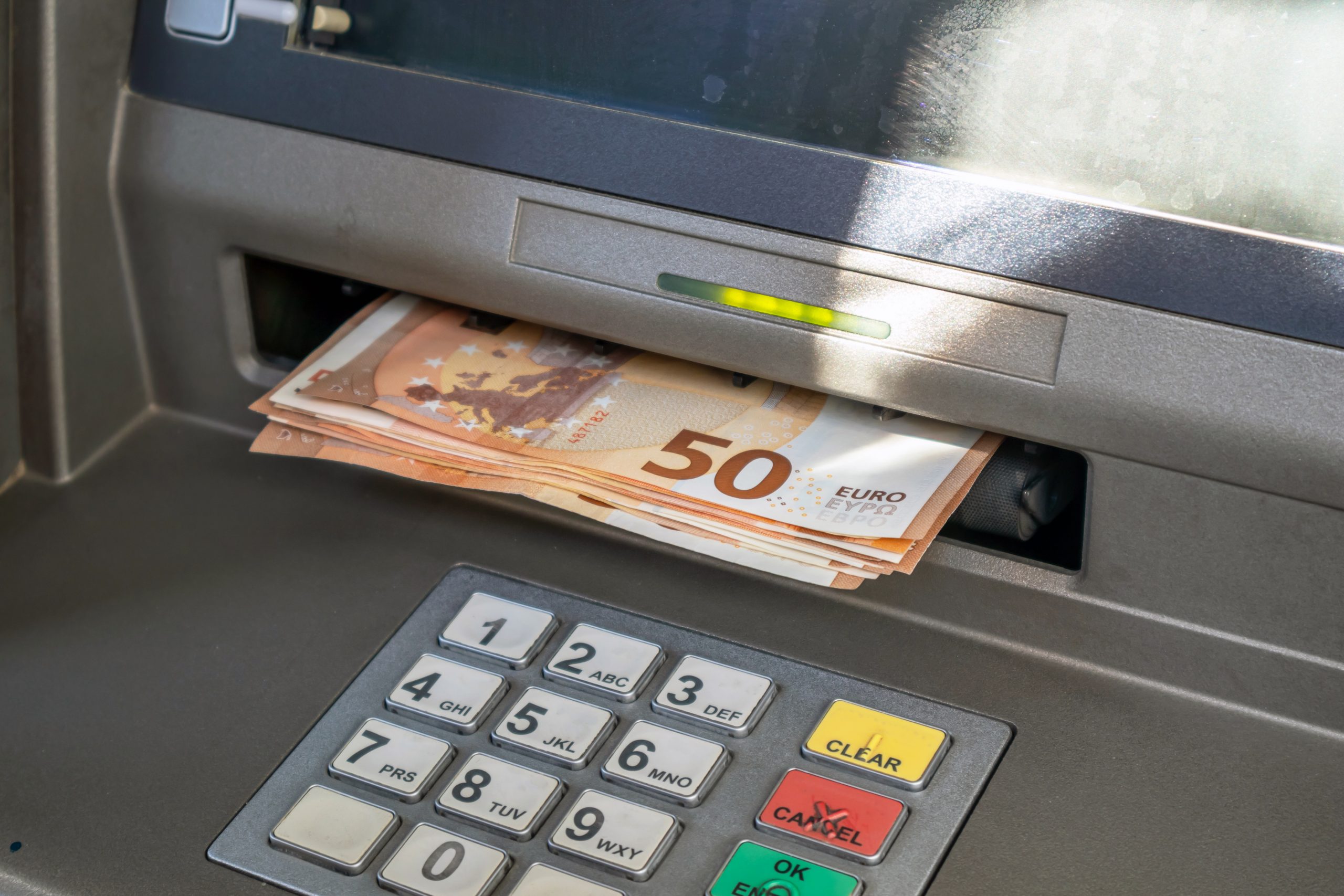
Cash Trapping is a common and simple ATM fraud mechanism that has gained popularity in recent years.
This ATM fraud technique basically involves placing a special overlay using adhesive tape inside the cash withdrawal slot.
This simply works as a blockage for the withdrawal of money.
In this case ATM card users, being mostly unaware and inattentive, fall for this trick when they assume that the ATM is defective or has run out of money.
As soon as the user leaves the ATM outlet, the fraudster finds a window to take out the overlay where dispensed cash is trapped.
How Does ATM Cash Trapping Work?
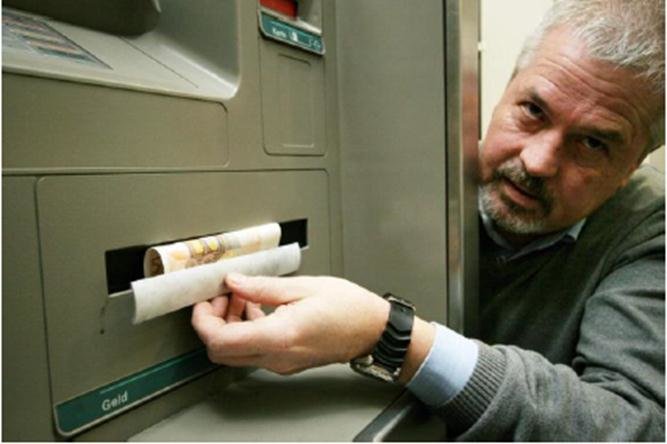
ATM Cash Trapping is a technique where fraudsters place a piece of photographic film or plastic material into an ATM.
This plastic film is used to catch the ATM cards when users insert it in the ATM machine.
Thus, the ATM card does not swipe back from the machine, instead is dropped in a compartment that can be later removed.
Typically, fraudsters employ two types of traps in cash trapping techniques, such as –
- trappings visible from outside
- trappings positioned inside the ATM
Here’s how the cash-trapping process works:
- Fraudster places a strip of tape on the cash withdrawal slot of the ATM.
- Whenever a user inserts the ATM card into the machine to initiate a transaction, the cash inside the machine is trapped inside, which ultimately makes it inaccessible to the ATM user.
- In such cases, the ATM indicates to the user that cash is being dispensed. However, its absence from the withdrawal slot makes the user believe that there is an error with the machine.
- If the ATM users in this situation assume that there is an error in the machine and depart from the ATM, the fraudster seizes the opportunity to remove the counterfeit trap along with the attached money.
How To Prevent ATM Cash Trapping?
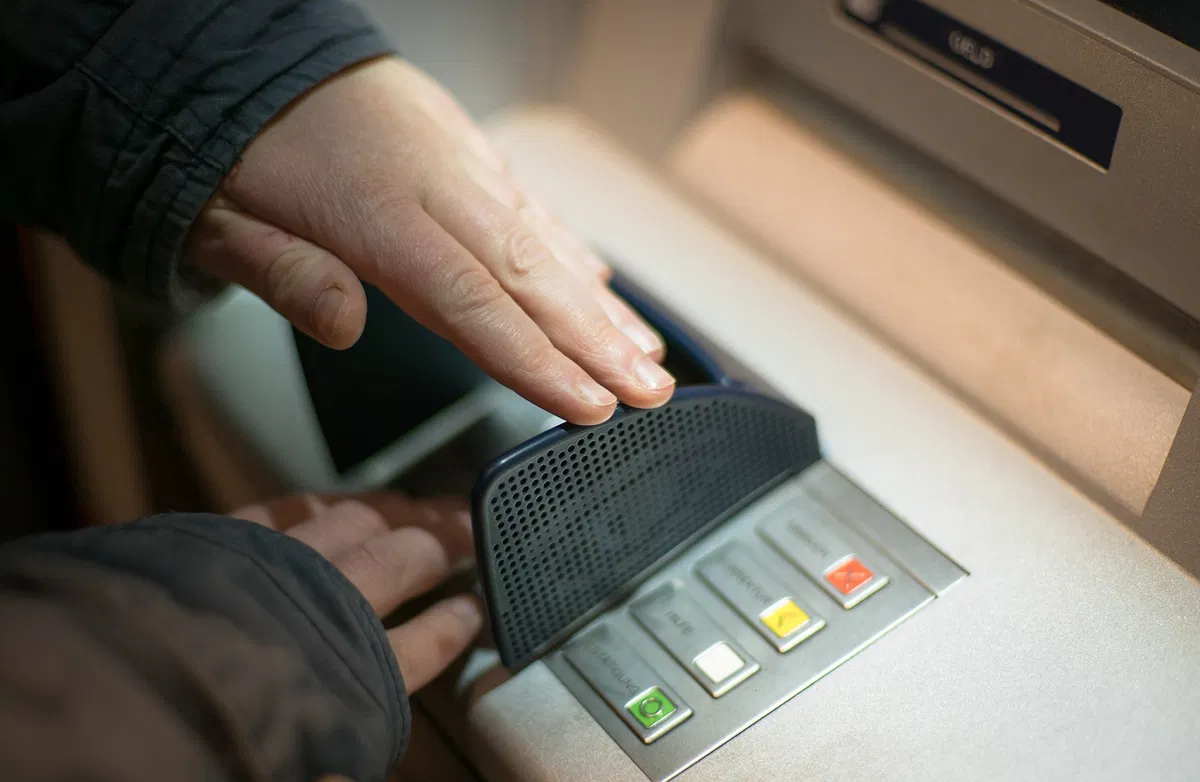
Due to a sudden increase in the number of cash-trapping cases in almost every city of the country, it has now come upon the cardholders themselves to be vigilant.
Cardholders should take care of their security promptly.
Here are a few tips to help you protect yourself against cash trapping –
- While you are using an ATM machine, always be vigilant for any signs of tampering with elements of the device.
- In case you notice any signs of ATM tampering, immediately call the police or inform the bank.
- Always cover the keypad with your hand when you enter your ATM PIN code.
- Do not share your PIN with anyone.
- It is also important that you remain vigilant to shoulder surfing when you enter an ATM outlet.
- Make sure that the card slot is intact and secure before using the ATM.
- It is best to use ATMs with an anti-skimmer.
- Check the ATM keypad for defects (bulges, unusual colour, etc.).
- Never leave the ATM outlet in situations where it does not dispense cash immediately to you. This is the window that most fraudsters use to steal your dispensed cash. Once you move away, the offender will take your money.
- In situations when the ATM withdrawal slot fails to dispense cash even after you complete the transaction, do not leave the outlet before calling the bank and informing them what happened.
- You can also confirm your account balance to know whether the money was actually deducted from your account or not.
ATM Scams and Frauds: Know more to stay safe. Details?
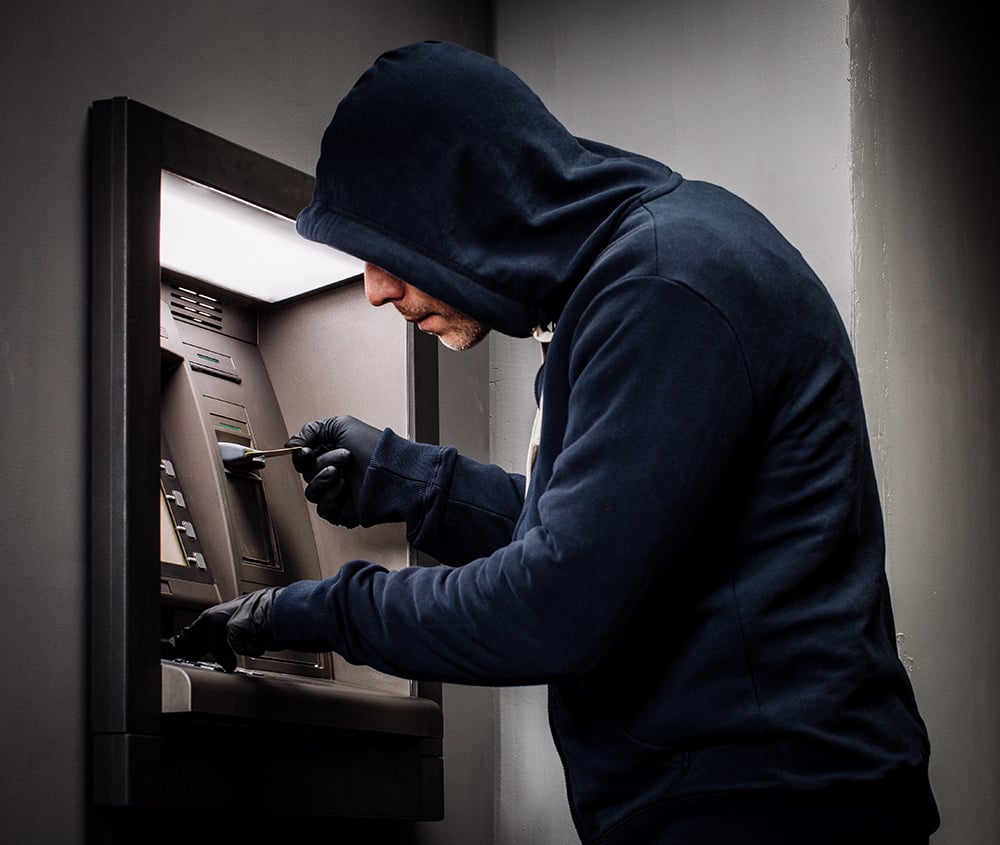
Skimming
Electronically stealing data from an ATM card to imitate it completely, thus making unauthorised transactions from the victim’s account.
Shimming
Installation of a small device called a shimming device on the machine that gathers magnetic information from the ATM card.
Cloning
ATM card cloning is a type of phishing too. Cloning fraudsters primarily target elderly people who are not as aware and cautious regarding such scams and frauds.
Trapping
Installation of a trapping device that makes an ATM card get stuck in the machine’s card slot. The scammer steals the card while the victim asks for help with getting it unstuck.
Keyboard jamming
Fraudsters jam crucial ATM buttons, such as the ‘Enter’ or ‘Cancel’, to have the victim face an unsuccessful transaction.
Scammers steal the card when the victim leaves to get assistance.
How to investigate an ATM fraud?
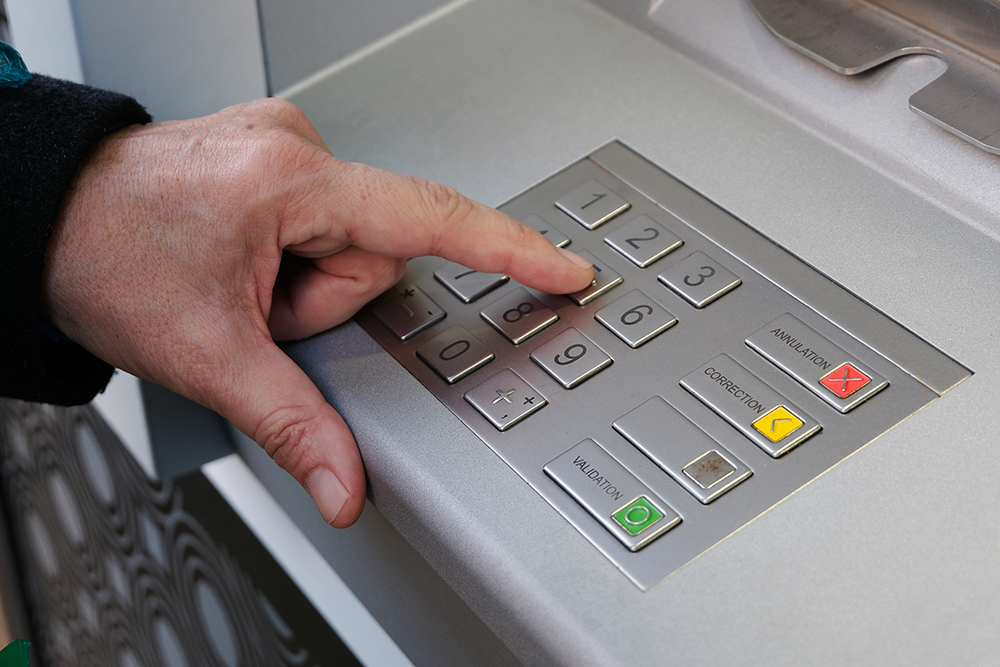
ATM fraud investigations involve analysing CCTV footage, examining fingerprint and DNA evidence, and analysing financial transactions to identify the perpetrators.
The investigation may involve the bank, law enforcement, and the ATM manufacturer to gather evidence and track the fraudsters.
How is an ATM Card misused?
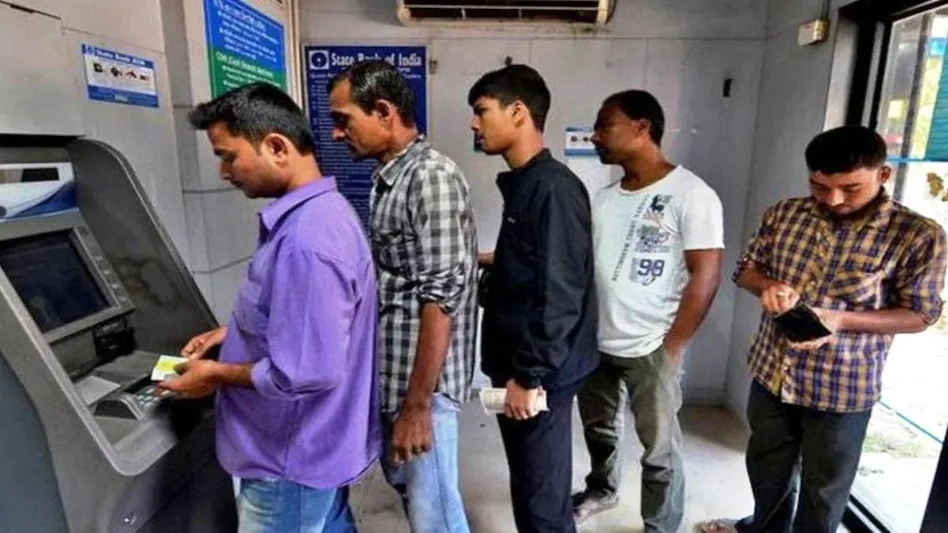
ATM cards can be misused in several ways such as unauthorised withdrawals, PIN theft, and phishing.
Unauthorised withdrawals occur when a fraudster uses someone else’s card details to make cash withdrawals.
PIN theft occurs when a fraudster observes or steals the person’s PIN.
Phishing involves tricking the person into revealing their card details and PIN through fake communication channels.
ATM Skimming: Things to know. Details?
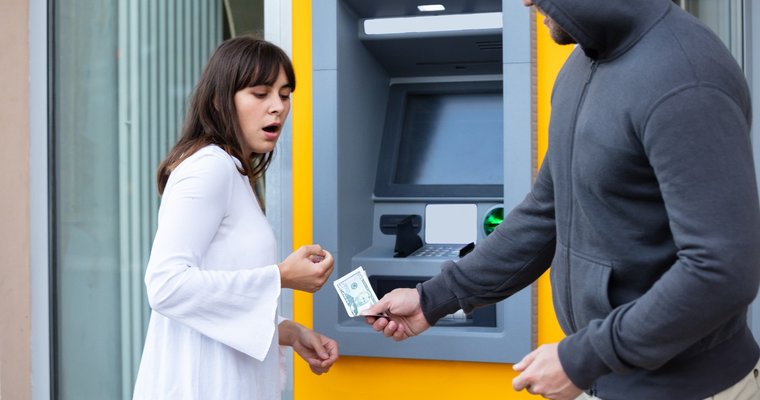
Fraudsters place a small device in the machine itself that steals the card’s data when swiped.
Scammers also place cameras inside the ATM to get the victim’s PIN.
How to know if there is a skimmer in the ATM
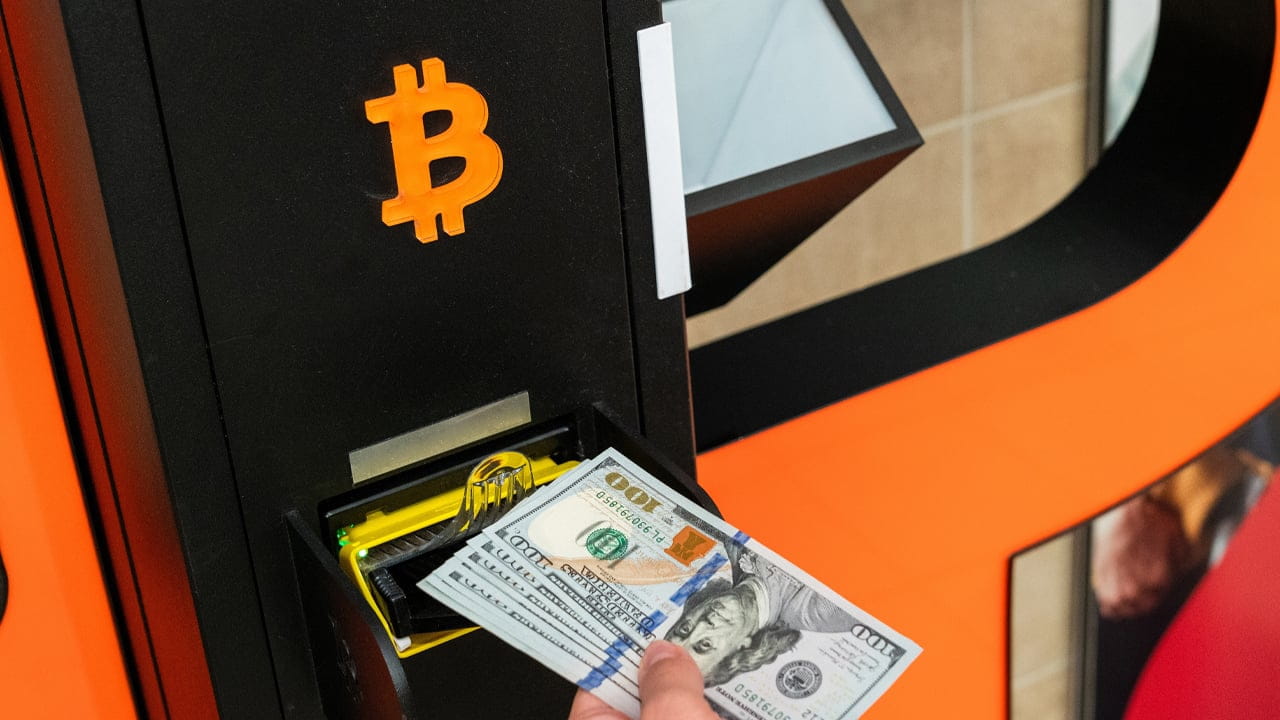
- Inspect if the card slot is abnormally protruding outwards.
- Examine if the keypad appears to be thicker than usual.
- Check for tape or glue on the machine and a camera in the ATM.
How ATM Skim works?

- ATM skimming happens using a skimming device, which has two parts
- One part is a small device that copies the card’s magnetic strip information placed in the machine.
- The other part is a small camera that clicks photos of the victim while entering the PIN.
Tips to prevent ATM skimming
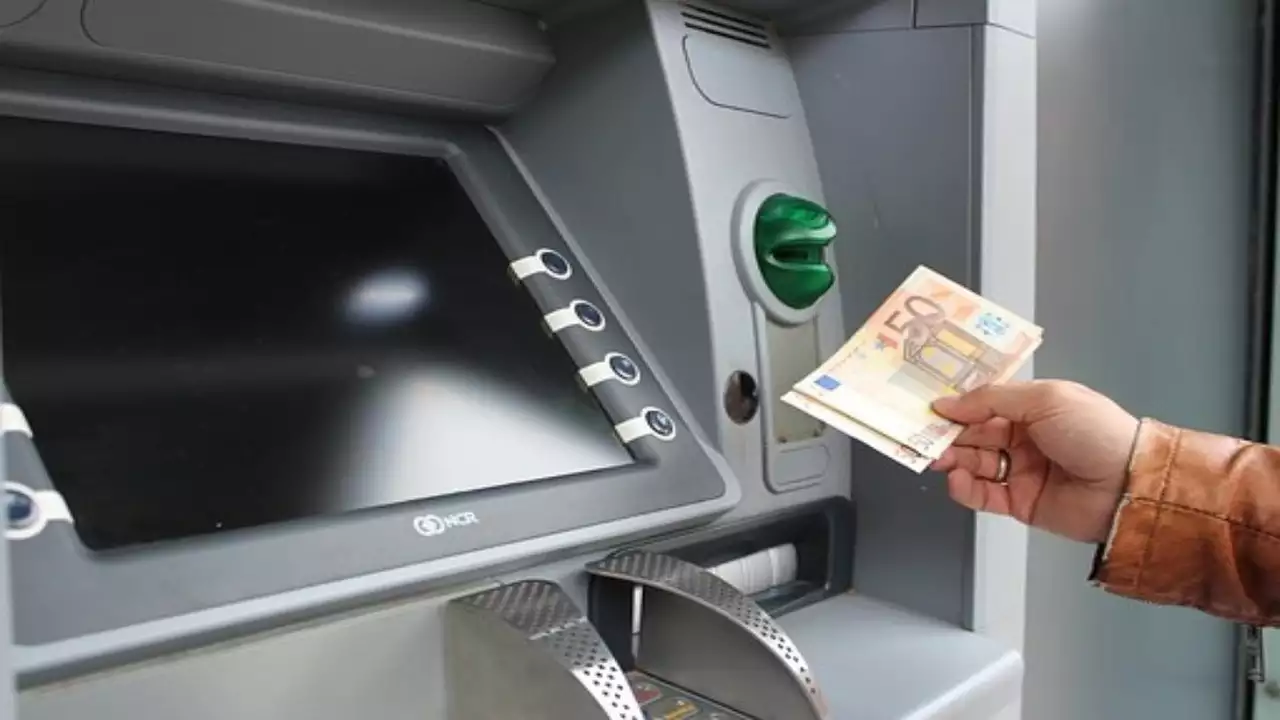
Follow these given tips:
- Inspect the area in and around the ATM for anything suspicious.
- Examine the machine and its keypad for unusual thickness or damage.
- Keep the keypad covered while entering the PIN.
Reporting a skimming incident
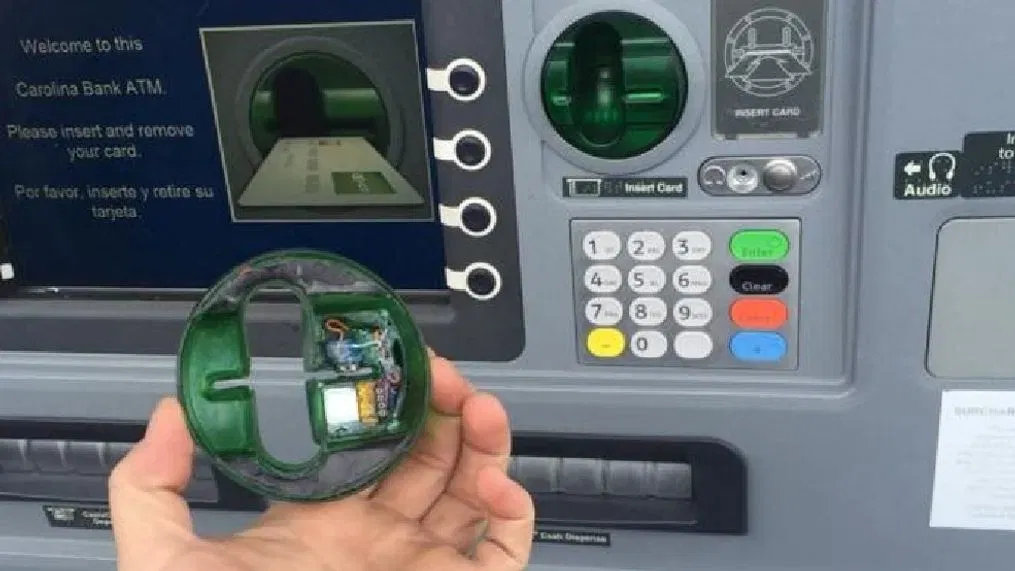
Skimming victims should report the ATM fraud case to the bank’s customer care service centre immediately to block and replace the compromised card.
Simultaneously, it is wise to buy a plan to safeguard you against such frauds like the Wallet Care plan through Bajaj Finance Insurance Mall.
While we speak about ATM frauds, it is also essential to let you know about the other types of frauds.
This would make you more alert when you share or use your information online or with people who we are not acquainted with.
What is shoulder surfing?
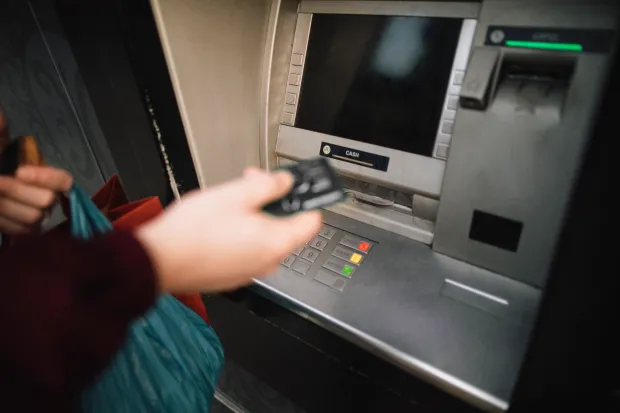
In shoulder surfing, thieves stand next to someone and observe their actions.
As the name suggests, these thieves typically peek over the shoulder of an unsuspecting individual at an ATM or while they are occupied with their phone, in order to obtain sensitive information.
They attempt to view personal details such as passwords and PIN numbers, which they later exploit for their own financial benefit.
Shoulder surfing is commonly carried out in crowded places where it is easy for thieves to position themselves beside a person who is filling out a form, entering a PIN at an ATM, or using a calling card at a public pay phone.
Additionally, shoulder surfing can also be conducted using technology like binoculars.
Here are a few ways scammers use shoulder surfing to steal information
Thieves can stand next to someone at an ATM and watch them enter their PIN number.
Thieves can sit next to someone on a bus or train and read their credit card number as they enter it into a payment terminal.
Thieves can even stand behind someone in line at a store and watch them type in their password on a checkout kiosk.
To protect yourself from shoulder surfing, it is important to be aware of your surroundings and try to hide your screen, obstructing the view of both the screen and the keyboard from others. Additionally, you can also use a privacy screen or cover.
How to protect yourself from shoulder surfing?
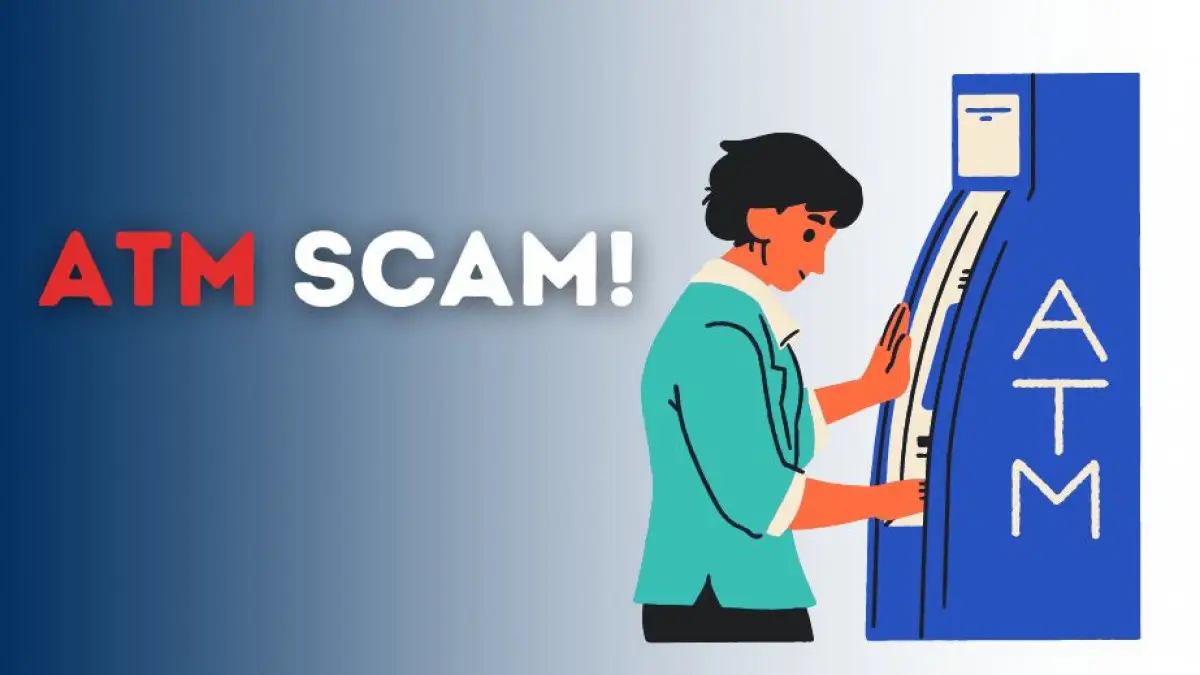
Never accept help from strangers at the ATM.
Be alert to your surroundings and watch out for anyone suspicious who might be trying to see your screen.
Use your hand to shield the screen and keypad when entering your PIN at an ATM.
Make sure to check for any suspectful cameras that may be present around the ATM screen.
Stay at the ATM until your transaction is completed and you have fully logged out.
Leaving early could give the next person in line access to your account.
Regularly monitor your account balance and bank statements, and report any discrepancies to your bank immediately.
Other than shoulder surfing, here are some other scams you should be aware of while using an ATM.
FAQs
Can I spot an ATM cash-trapping device?
Although there is no foolproof way of knowing or recognising an external device attached, you can always check whether the cash withdrawal slot is tightly closed with a metal or plastic cover.
What to do if cash does not come out of the ATM?
Here are a few steps to take when cash does not come out of the ATM –
- The first step is to check your account balance to ensure that the money has been debited. This can be done by either logging into your online banking or by checking your bank statement.
- If the money has been debited, then you need to take action to get it back. The next step is to contact your bank as soon as possible. This can be done by calling the bank’s customer service number, which is usually printed on the back of your debit card.
- If the bank is unable to resolve the issue, then you can lodge a complaint with the bank’s ombudsman. The ombudsman is a regulatory body that resolves disputes between customers and banks. You can find the contact details of the ombudsman on the bank’s website or by searching online.
- If the bank and ombudsman are unable to resolve the issue, then you can file a police complaint.
What happens if an ATM swallows your card?
If the ATM swallows your card, contact the bank staff immediately. It is best to be near the machine when doing so, as it may be necessary to cancel the ATM card.
What is the most common ATM fraud?
Card skimming is the most common scam. The perpetrator uses a card reader to capture the data from the magnetic strip of the card. Sometimes the card reader is installed right on top of the ATM’s card slot.
What is Automated Teller Machine?
ATM stands for Automated Teller Machine which is a self-service banking outlet. You can withdraw money, check your balance, or even transfer funds at an ATM.
Different banks provide their ATM services by installing cash machines in different parts of the country. You can withdraw money from any of these machines irrespective of whether or not you are an account holder in the same bank.
ATM transactions are either free or bear a nominal charge depending upon the banks. Banks usually do not charge for the first 3-5 ATM transactions in a month.
Once you cross the limit of free transactions, you may have to pay a nominal charge.
Also, some banks levy charges if you withdraw money from the ATM of another bank of which you are not an account holder.
What are the Uses of an Automated Teller Machine?
Automated Teller Machines have revolutionized the banking sector by providing easy access to customers and loading off the burden from bank officials. Some of the uses of an ATM are-
- Most commonly, usres can withdraw money and check their account balance at an ATM. Bank account holders can also transfer money or change the PIN (Personal Identification Number)
- Newer and advanced ATMs also provide options to open/withdraw a Fixed Deposit (FD), or to apply for a personal loan. You can also book railway tickets, pay the insurance premiums, income tax & utility bills, recharge your mobile, and deposit cash. Some of these facilities may require you to register at the bank branch
- Customers can perform direct transactions at their convenience. Banks have installed their ATMs today in public spaces, highways, malls, marketplaces, railway/airport stations, hospitals, etc.
- Automated Teller Machines provide 24×7 access anywhere and at any time
- ATMs help to avoid the hassle of standing in long queues at the bank even for simpler transactions like withdrawing money. It has also helped in reducing the workload of the bank officials
What are the benefits of an ATM?
ATM includes features like transferring funds between banks, receiving account balances, changing a pin, depositing cash, withdrawing money and performing a range of other features.
ATM makes the process of withdrawing money very hassle-free. One can perform a few services without going to the bank every time.
What are the disadvantages associated with ATMs?
All bank services cannot be performed at a typical ATM. Machines are prone to damage, and the risk of theft and ATM pin hacks is high.
How to Withdraw Money from ATM?
You need to follow the below-given steps to withdraw money from an ATM –
Step 1: Insert Card
Look for the card slot on the ATM and insert your ATM card with the chip facing up or as indicated by the machine.
Step 2: Select your preferred language
Once the machine reads your card, you are required to select your preferred language for the transaction.
Step 3: Enter your PIN securely
Enter your PIN using the physical or on-screen keypad.
Step 4: Select the transaction type
After entering your PIN, you will see a menu of transaction options on the screen. These options may include “Withdraw Cash,” “Deposit Cash,” “Transfer Funds,” “Balance Inquiry,” and more. Select “Withdraw Cash” for this specific transaction.
Step 6: Select Bank Account Type
Choose which type of bank account (savings or current) you want to withdraw money from
Step 7: Enter withdrawal amount
Enter the amount of money you need to withdraw from your account.
Step 8: Collect your cash
Once you have confirmed all details on the screen, including the withdrawal amount, press “Enter” or the equivalent button on that specific machine. Your cash will get dispensed within a few seconds and you can collect it from the dispenser.
Step 9: Print receipt
Some ATMs offer the option to print a receipt for your transaction. If you wish to have one, you can select this option on the screen and wait for the receipt to be printed.
How to Deposit Money in ATM?
While all ATMs allow cash withdrawals, not all devices offer a cash deposit facility. To deposit cash in your account, you need to follow the below-given steps –
Insert your card
Begin by inserting your debit card into the ATM. Make sure the card is inserted in the correct orientation as indicated on the machine.
Enter your PIN
Enter your PIN using the keypad provided.
Choose an account type
After entering your PIN, you will be asked to select the account type (Savings or Current) or enter the account number of the account you wish to deposit the money into.
Insert cash
Insert the cash you want to deposit into the machine. Follow instructions provided on the screen regarding how to insert the cash properly into the deposit slot.
Confirm deposit amount
After you have inserted all the cash and it has been counted by the machine, carefully review and confirm the amount displayed on the screen. The money will reflect in your account within just a few seconds.
Confirmation receipt
Make sure to obtain a receipt for your records. The ATM will provide different options for receiving a receipt – it can be printed, emailed, or even sent as a text message.
What are the Types of ATMs?
There are primarily 6 types of ATMs:
1. Green Label ATMs
These ATMs are used for agricultural purposes
2. Orange Label ATMs
These ATMs are used for share transactions
3. Pink Label ATMs
These ATMs are specifically designed for females to help in skipping long queues
4. Yellow Label ATMs
These ATMs are used for e-commerce transactions
5. White Label ATMs
These ATMs are an alternative to bank-owned ATMs and are primarily used to expand the ATM network in areas where it is not economically feasible for banks to set up their ATMs.
Also Read: Online Banking Tips to Save Yourself from Online Fraud
Also Read: Mumbai Doctor Loses Rs 1 Lakh to Online Scam Over Rs 300 Lipstick Purchase
Also Read: PAN Card Fraud Loan: Tips to Save Yourself
Also Read: Pune Man Loses Rs 2.1 Crore in Elaborate Share Market Scam
